
If You Have These Tiny Red Dots On Your Arm, Do Not Ignore The Warning Signs
If You Have These Tiny Red Dots On Your Arm, Do Not Ignore The Warning Signs
Doctors in the UK are issuing a strong caution regarding the appearance of "tiny red dots" on the hands, urging individuals to seek immediate treatment and, if possible, avoid close contact with others. This warning comes amidst a notable increase in cases, particularly in northern England.
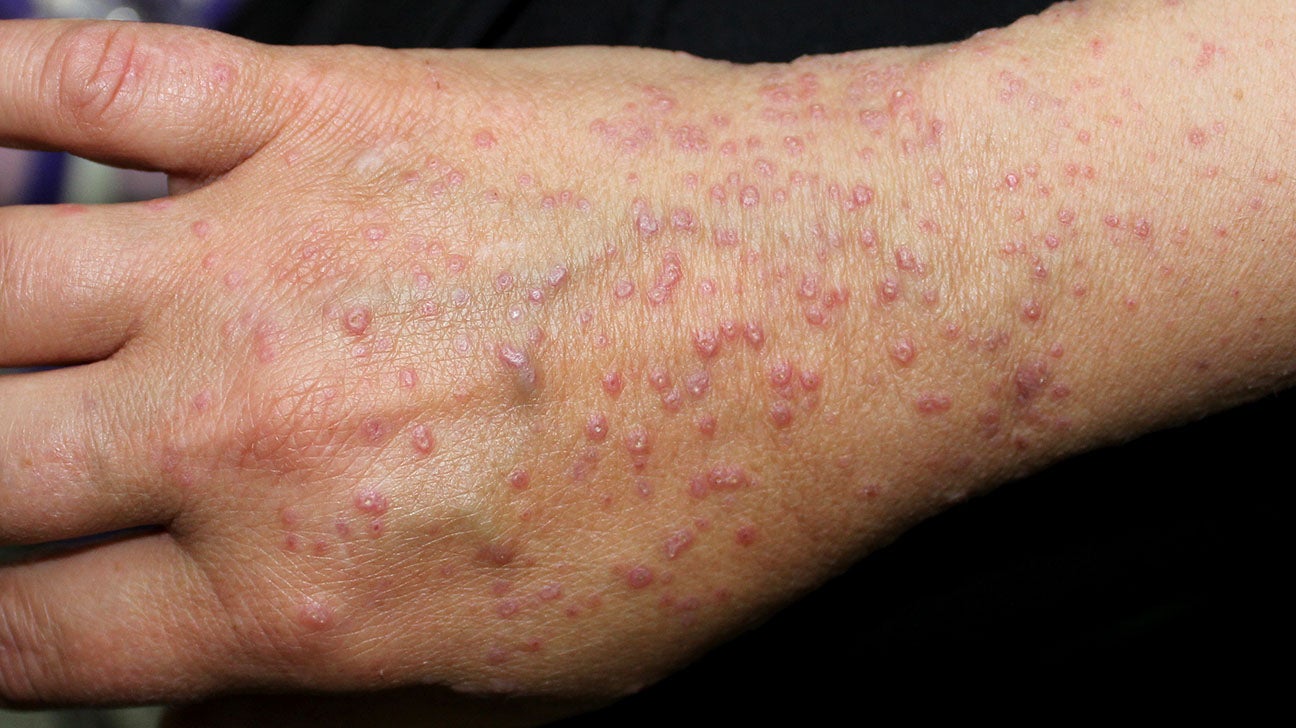
What Are Doctors Warning Brits About?
The condition at the center of this warning is scabies, a highly contagious skin infestation.
What is Scabies and What Are the Symptoms?
Scabies is caused by tiny mites, Sarcoptes scabiei, which burrow beneath the skin's surface.
The primary symptoms of scabies include:
-
Intense itching, which is often worse at night or after a hot bath/shower.
-
Tiny red spots or a rash in areas where the mites have burrowed.
These can appear anywhere on the body, but are commonly found between the fingers and toes, on wrists, elbows, armpits, around the belly button, pelvis, buttocks, ankles, and in the genital area. A university student reportedly developed "little red dots" around her hands and wrists. -
Burrow marks, which are short, wavy, silver-colored lines on the skin (1cm or less).
These can sometimes have a tiny black dot at one end, visible with a magnifying glass.
How Can I Catch Scabies?
Scabies is primarily spread through direct, prolonged skin-to-skin contact with an infected person, such as sleeping with them or sexual contact.
Outbreaks are common in crowded environments where close contact is frequent, such as schools, nurseries, nursing homes, and university halls.

Treating Scabies and Preventing Spread
If you suspect you have scabies, it is crucial to seek medical attention from a pharmacist or GP. They can prescribe a cream or lotion (scabicide), such as permethrin or malathion, which is applied to the entire body (excluding the area around the eyes).
To prevent further spread and reinfection:
-
Wash all bedding and clothing that has been in contact with the infected person at 60°C (140°F) or higher on the first day of treatment.
-
For items that cannot be washed at high temperatures, place them in a sealed bag for at least three days (some sources recommend up to a week) to starve and kill the mites.
-
Vacuum carpets and furniture, including sofas and armchairs.
-
Avoid close physical contact and sharing bedding, clothing, or towels with others until the full course of treatment is completed and successful.
-
Inform close contacts (household members, sexual partners, etc.) from the past two months so they can also seek treatment, even if they don't have symptoms.
This is vital to break the chain of transmission.
“Don’t Hide Away If You Have Scabies”
Professor Hawthorne stresses that despite the "social stigma" associated with scabies, it is vital for affected individuals to seek the necessary medical attention.
News in the same category

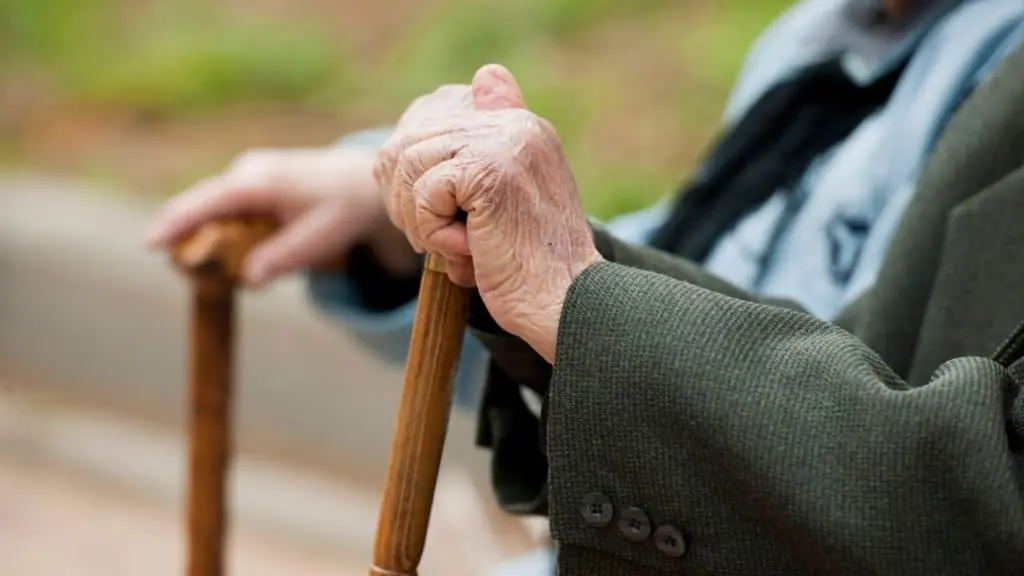
The Truth About “Old Person Smell”: What Causes It And How To Get Rid Of It

Scientifically Proven Health Benefits of Lemons (Including Lemon Water)

If you drink cucumber water every morning, this is what happens to your body
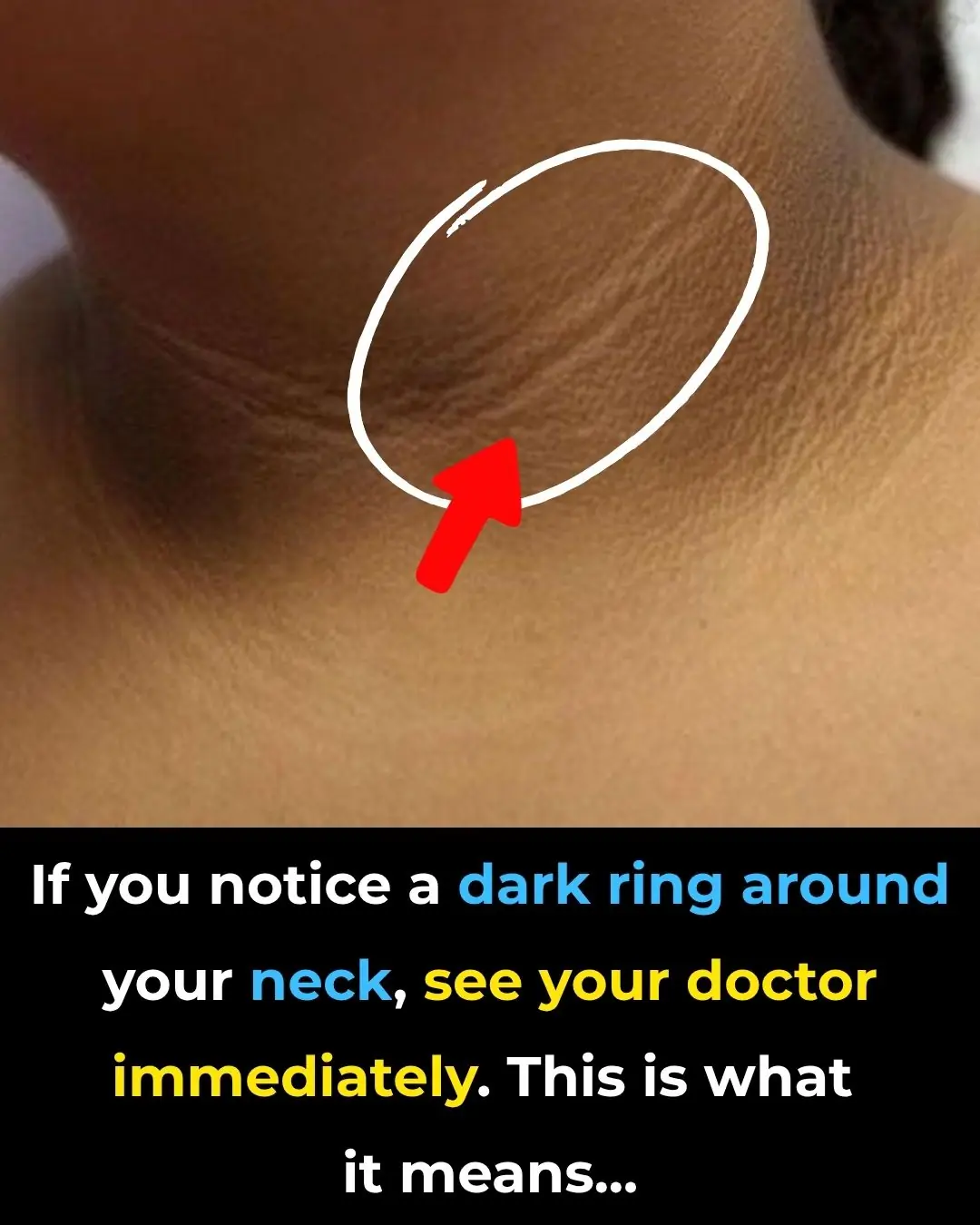
If You Notice a Dark Ring Around Your Neck, Go See Your Doctor Immediately! This Is What It Means

Health Food & Nutrition Beauty Aromatherapy Animals
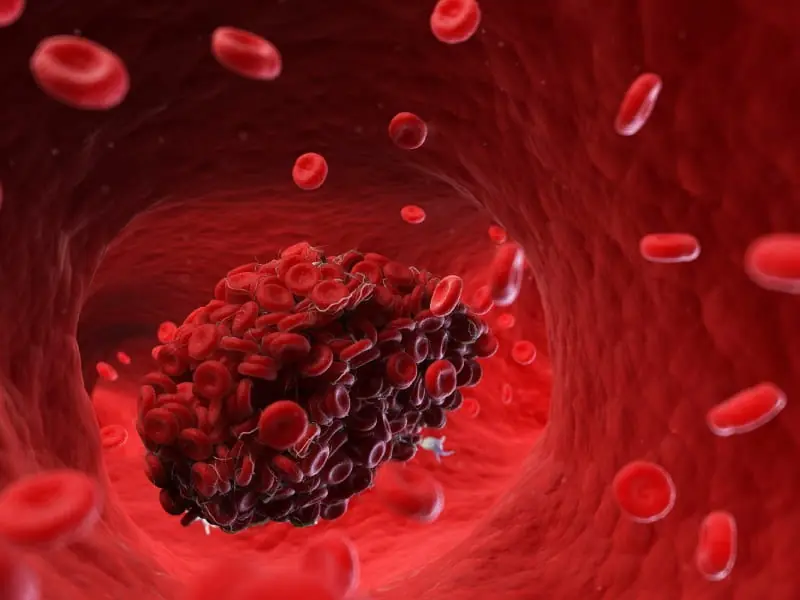
Cardiologists Say This Common Habit Is a Blood Clot Risk
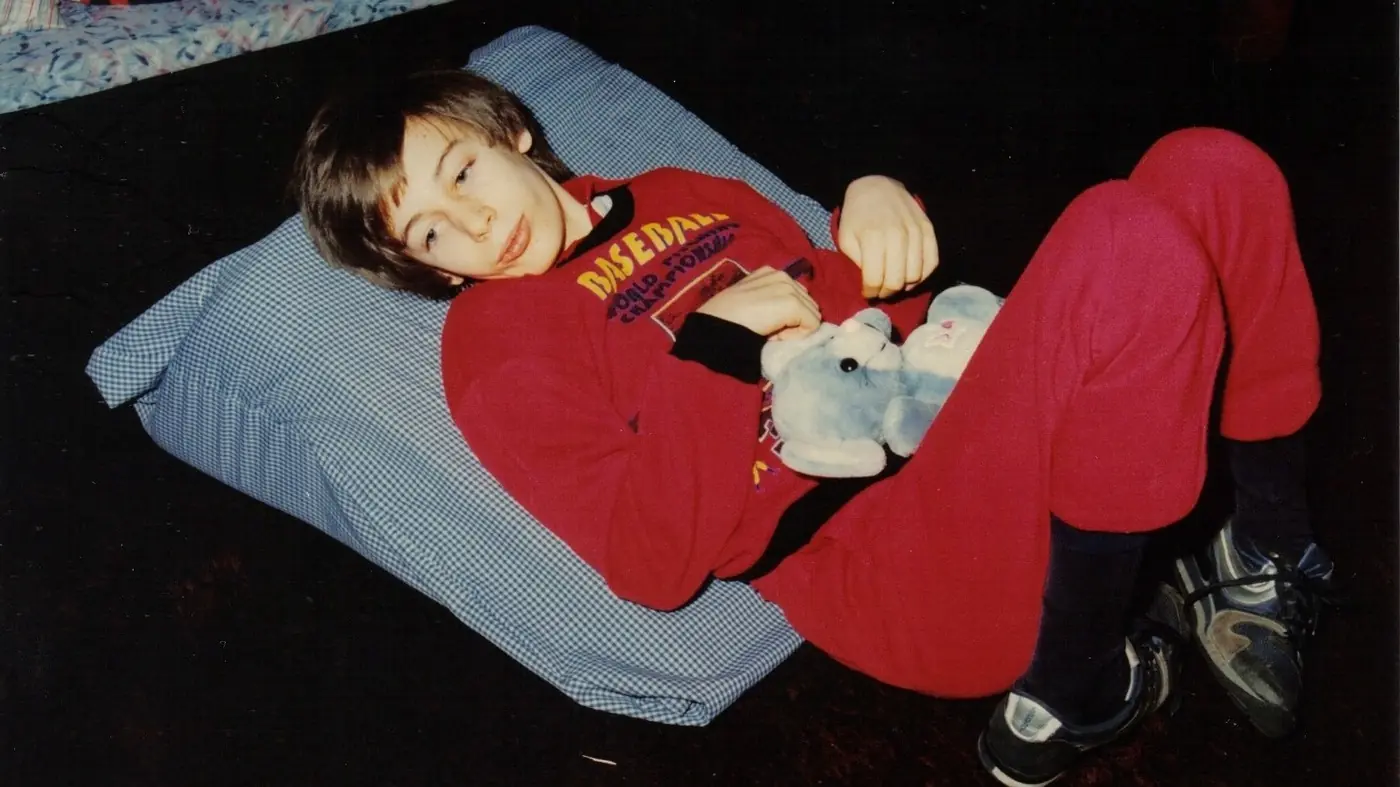
‘Ghost Boy’ Wakes Up From Coma After Being Trapped For 12 Years—What He Heard the Whole Time Will Haunt You

What Staying Up Late Every Night Really Does to You—Massive 24,000 Person Study Reveals the Truth
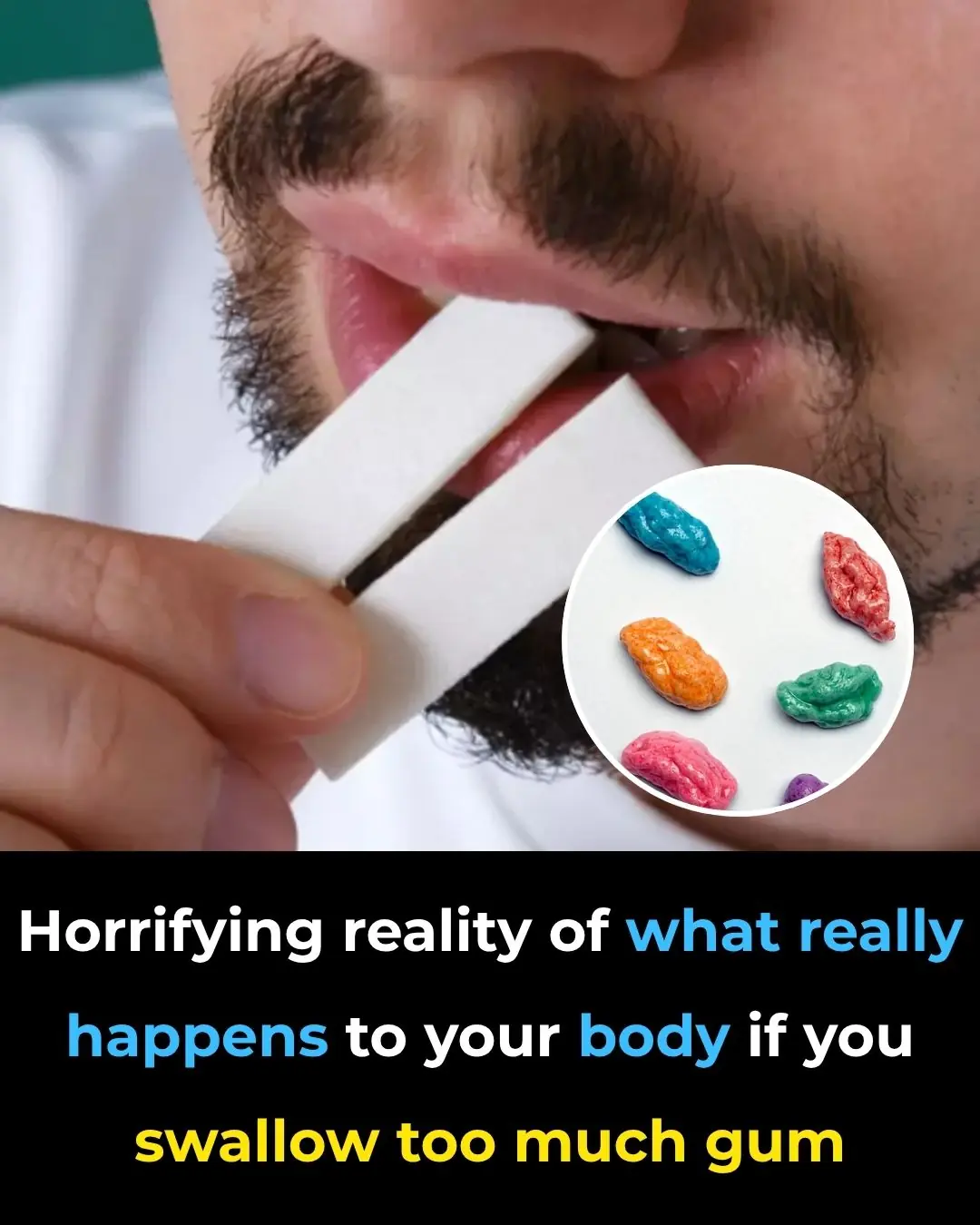
Horrifying reality of what really happens to your body if you swallow too much gum
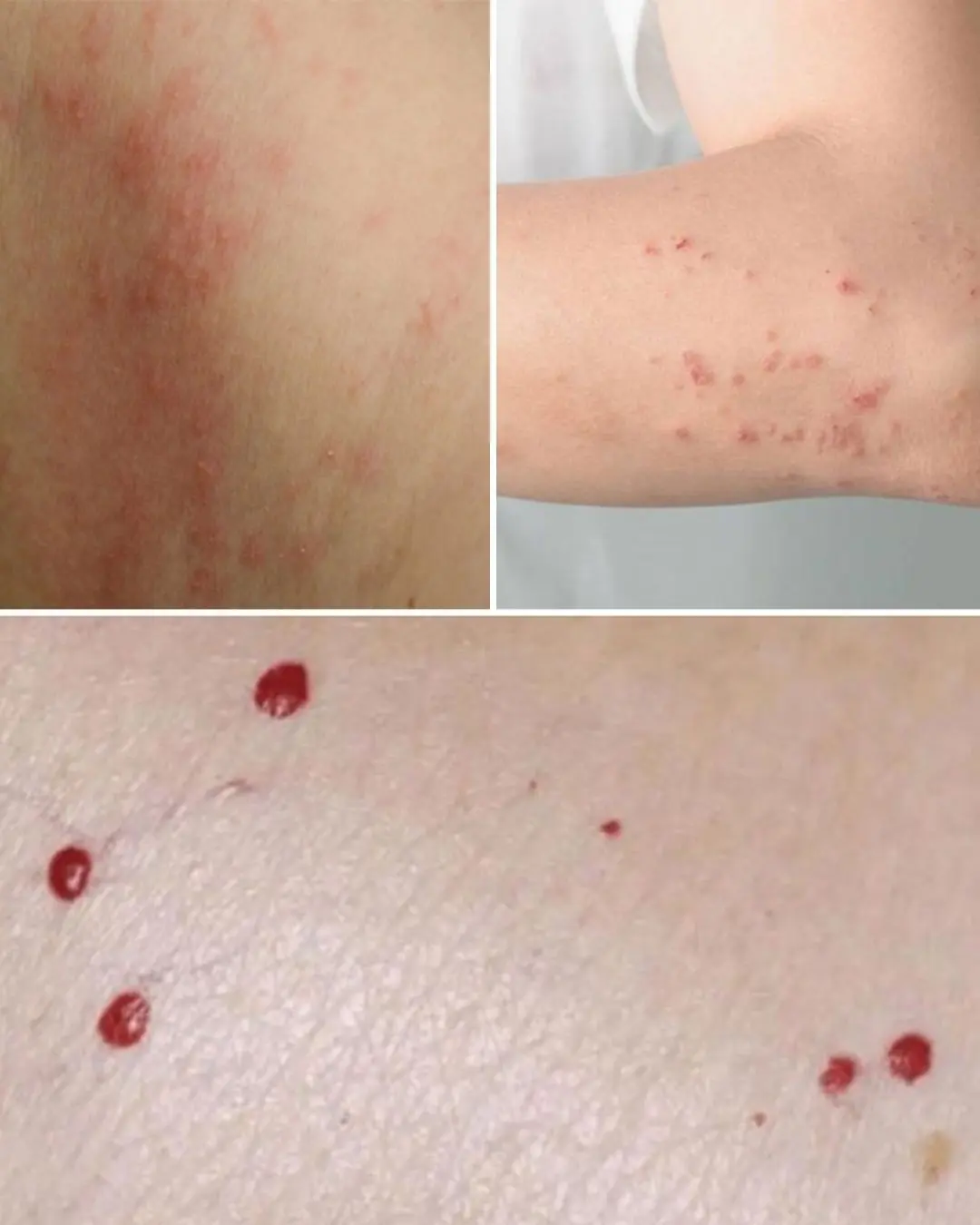
Red Spots on Skin: 13 Common Causes
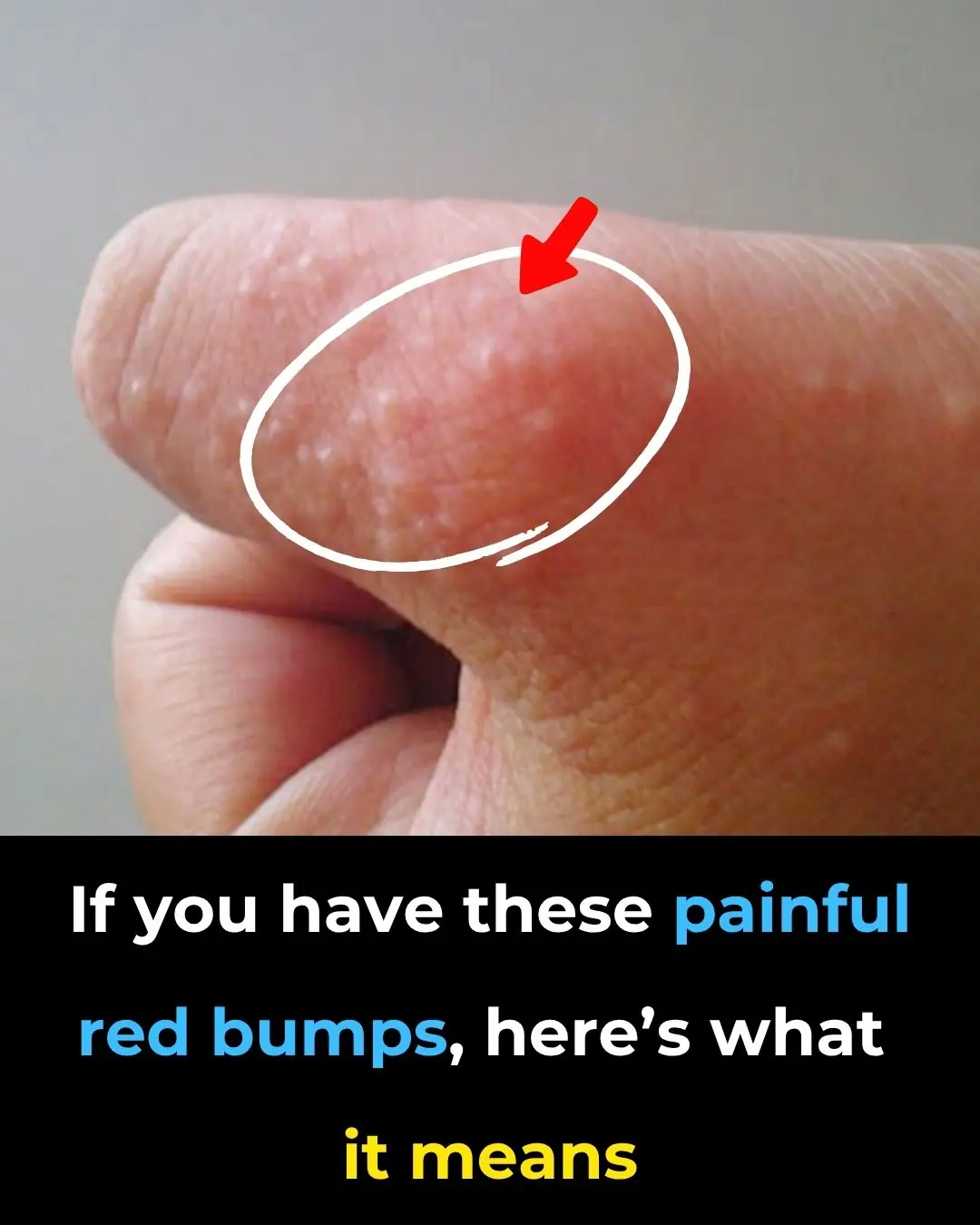
Painful Red Bumps on Skin? It Might Be Dyshidrotic Eczema
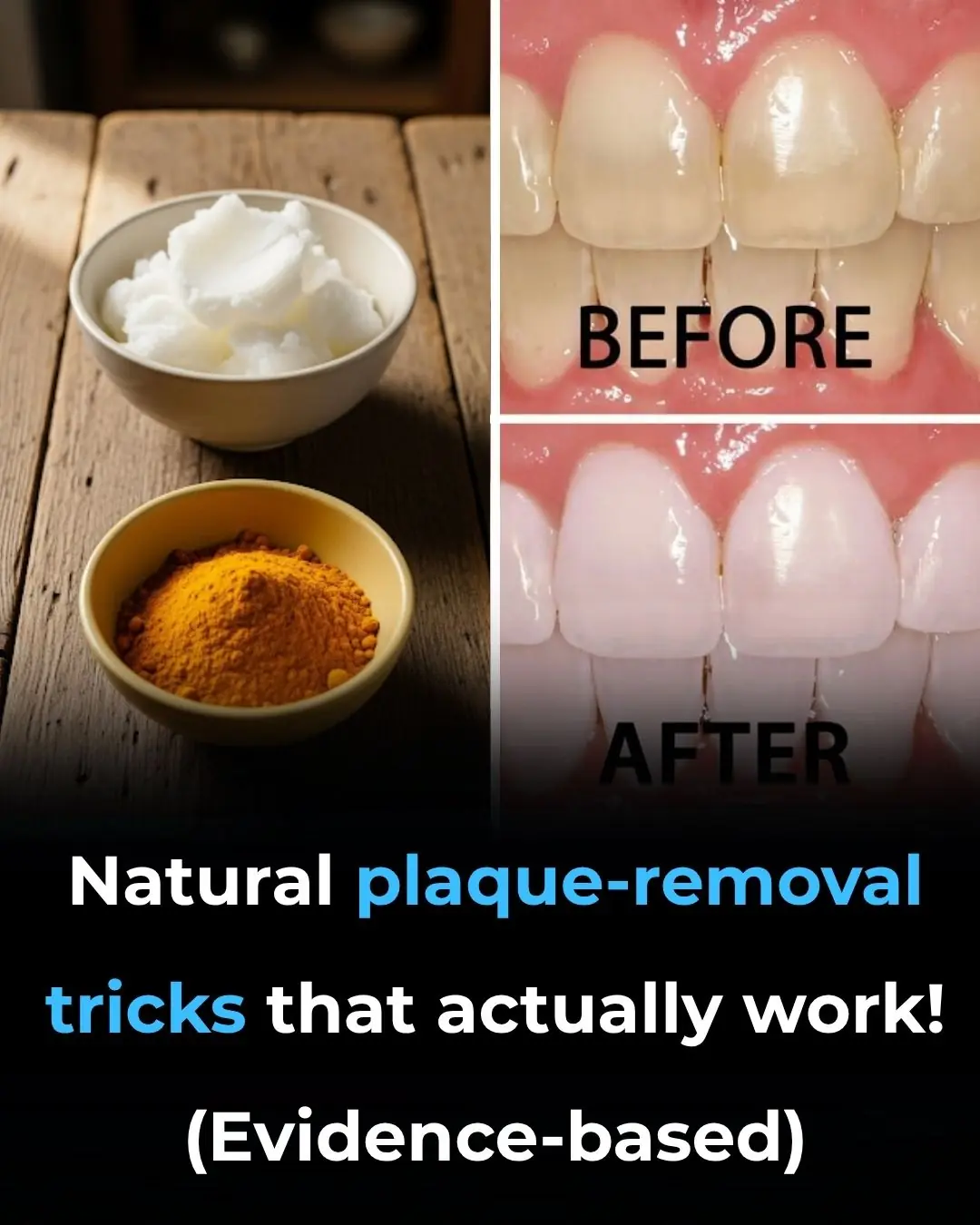
How to Remove Dental Plaque Naturally (Evidence Based)
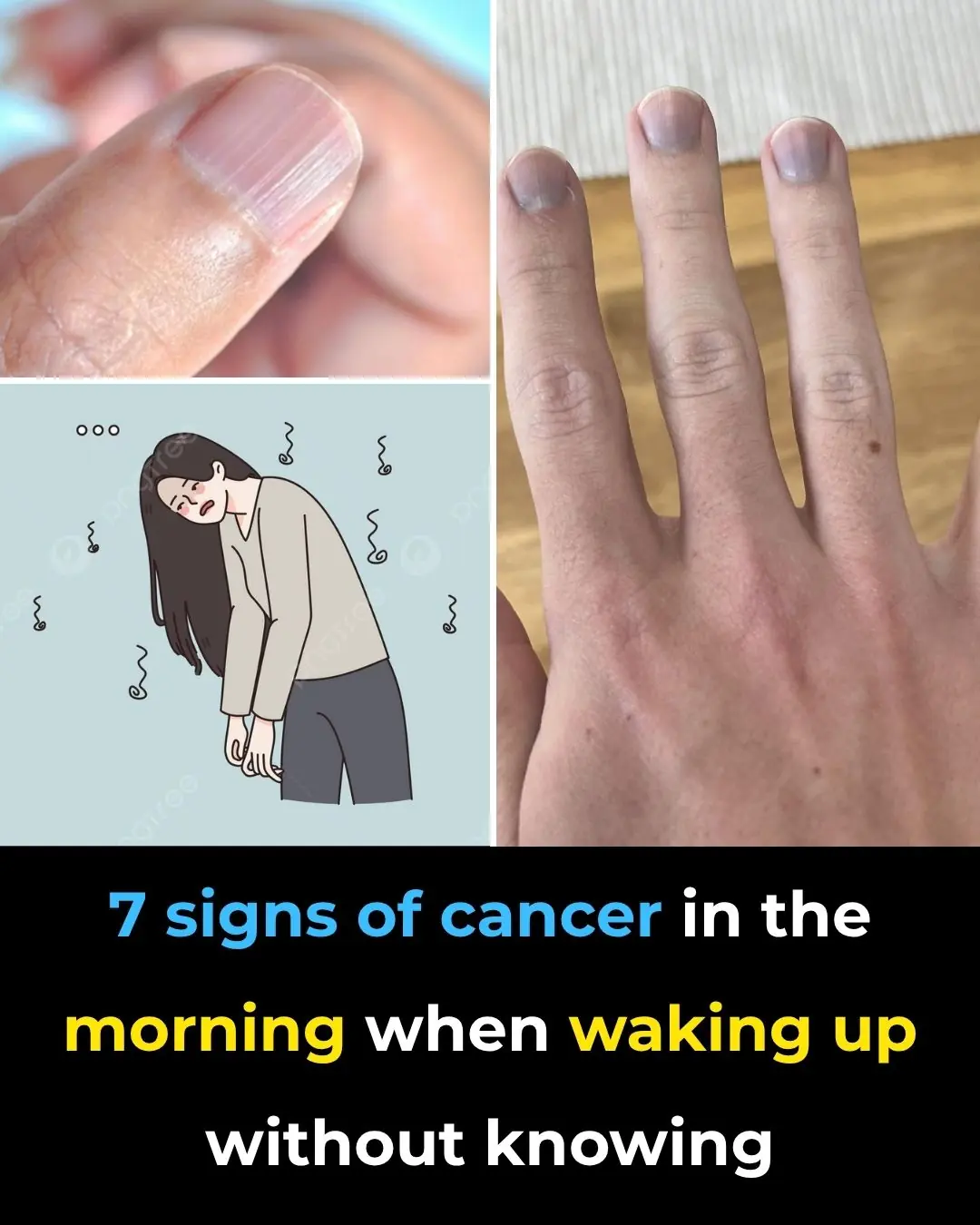
7 signs of cancer in the morning when waking up without knowing

Facing Your Phobias While Lucid Dreaming May Reduce Real-Life Fears, Scientists Say

Scientists Reveal: Fat Is Expelled Through Your Breath During Weight Loss. You Literally Breathe Out Fat

Scientists Have Found The ‘Off’ Switch For Anxiety Without Any Side Effects

How to Lower High Blood Pressure Quickly Without Medications (Evidence Based)

10 Surprising Benefits of Drinking Apple Cider Vinegar According to Science
News Post

This Military Sleep Method Helps You Fall Asleep In Less Than Two Minutes

13 Warning Signs of High Blood Sugar and 9 Ways to Take Control of Your Health

The Truth About “Old Person Smell”: What Causes It And How To Get Rid Of It

Scientifically Proven Health Benefits of Lemons (Including Lemon Water)

Instructor Told Pilot To Turn Seconds Before Black Hawk Collided With Passenger Jet

Here’s What You Need To Know To Stay Safe Of The The Hidden Fire Risk Of Air Fryers

Wildfire Grows Into Megafire In Northern Arizona—Now Driving Its Own Climate

Mystery Space Object Might Be An Alien Ship Preparing To Strike Earth

Research Reveals Cells’ Ability of Deceased Organisms to Form New Life

Ethan Caldwell appeared to have everything—wealth, fame, and power. By the age of 42, he was a billionaire, having sold a booming tech startup at its market peak

The husband forgot to end the call. The wife overheard his conversation with his mother and filed for divorce the very same day.

If you drink cucumber water every morning, this is what happens to your body

Husband Leaves Pregnant Wife for Mistress — Eight Years Later, She Returns in a Helicopter with Their Twins…

If You Notice a Dark Ring Around Your Neck, Go See Your Doctor Immediately! This Is What It Means

— They came empty-handed — so drink water, — the relatives finally drove the hostess crazy.

Health Food & Nutrition Beauty Aromatherapy Animals

A Waitress Shamed My Grandma for Leaving 'Too Small' a Tip – I Made Her Regret It in the Most Unexpected Way

My MIL Secretly Made a Duplicate Key to Our House — What She Did There While We Were Away Stunned Me
